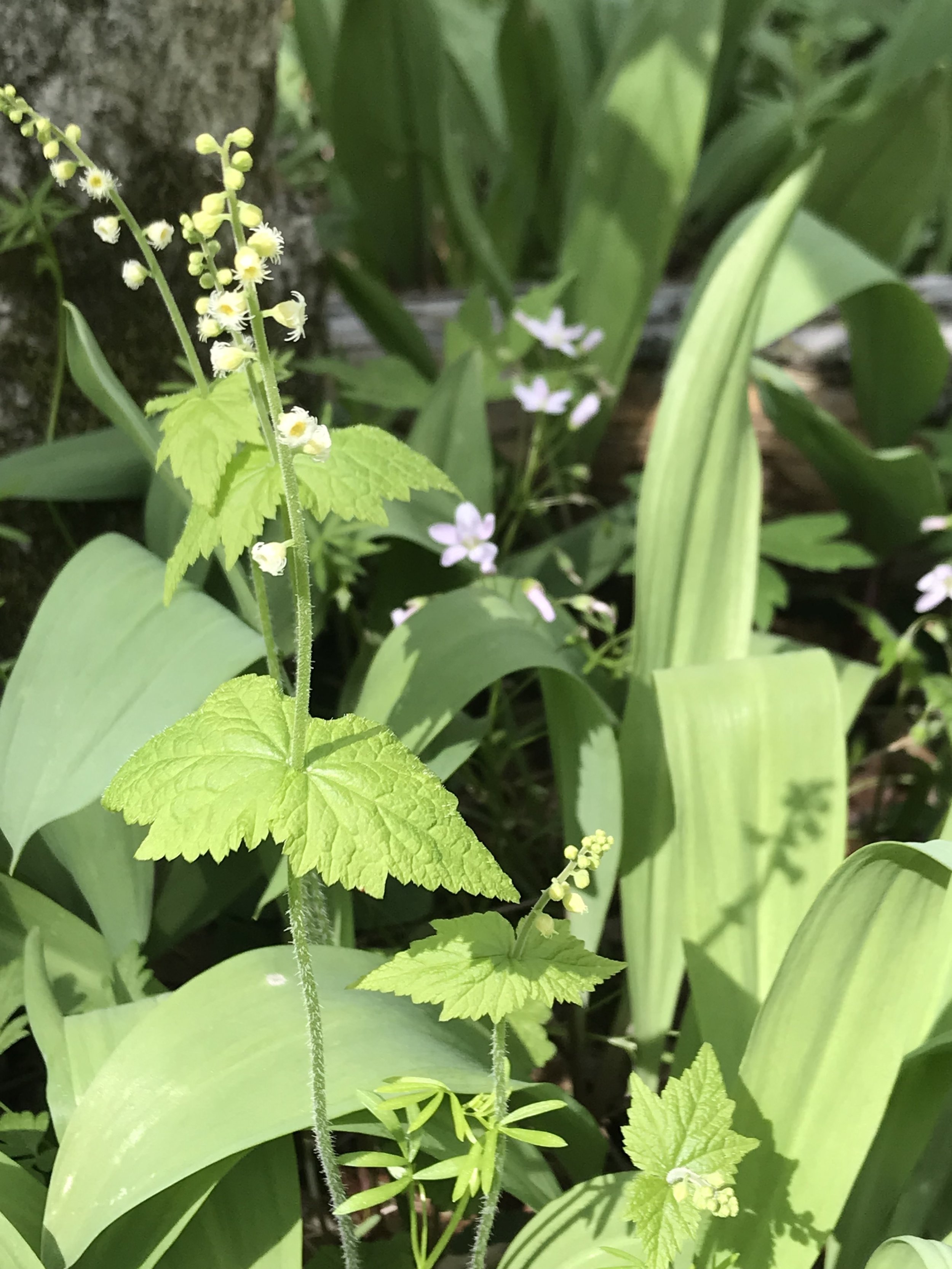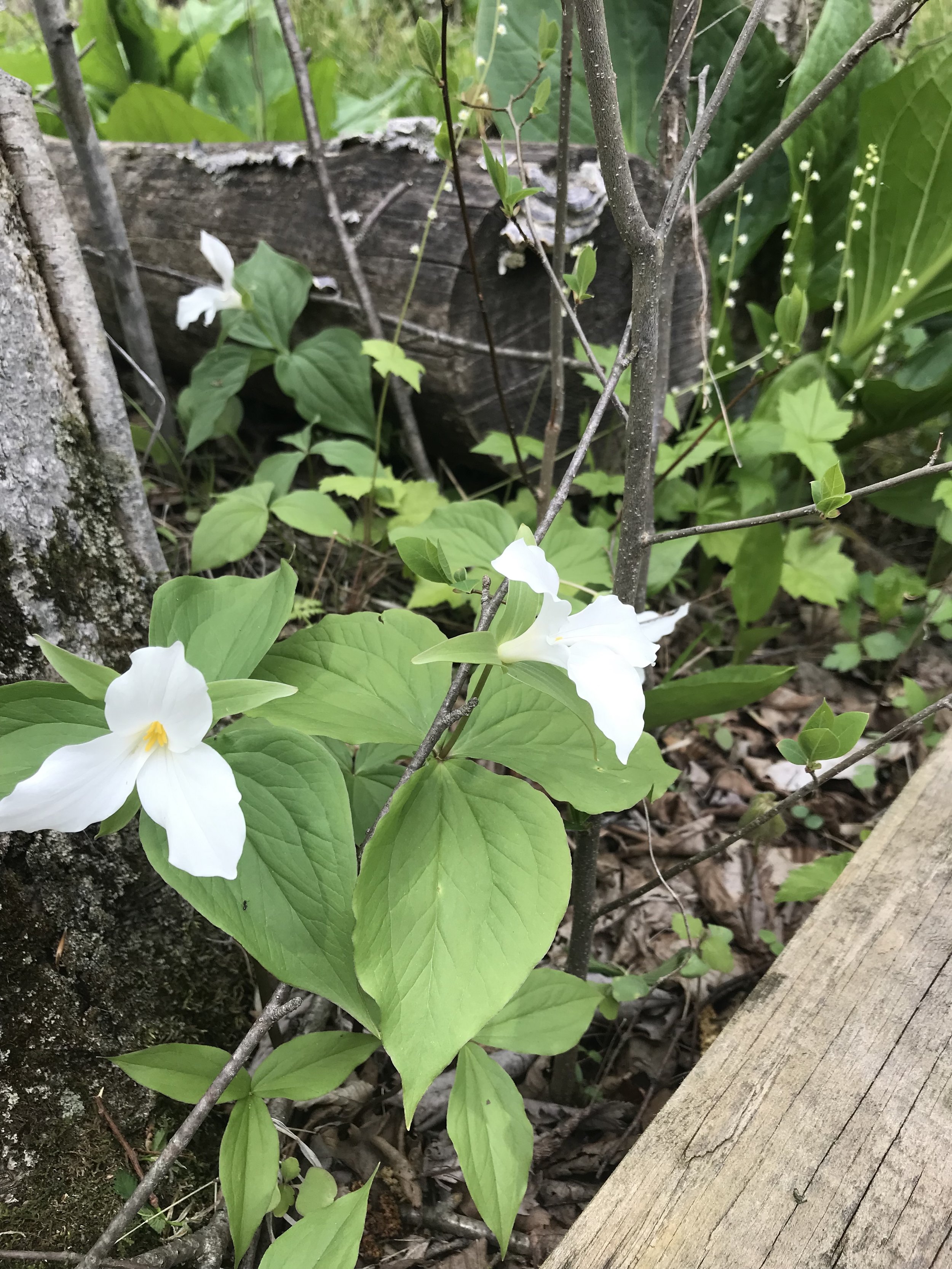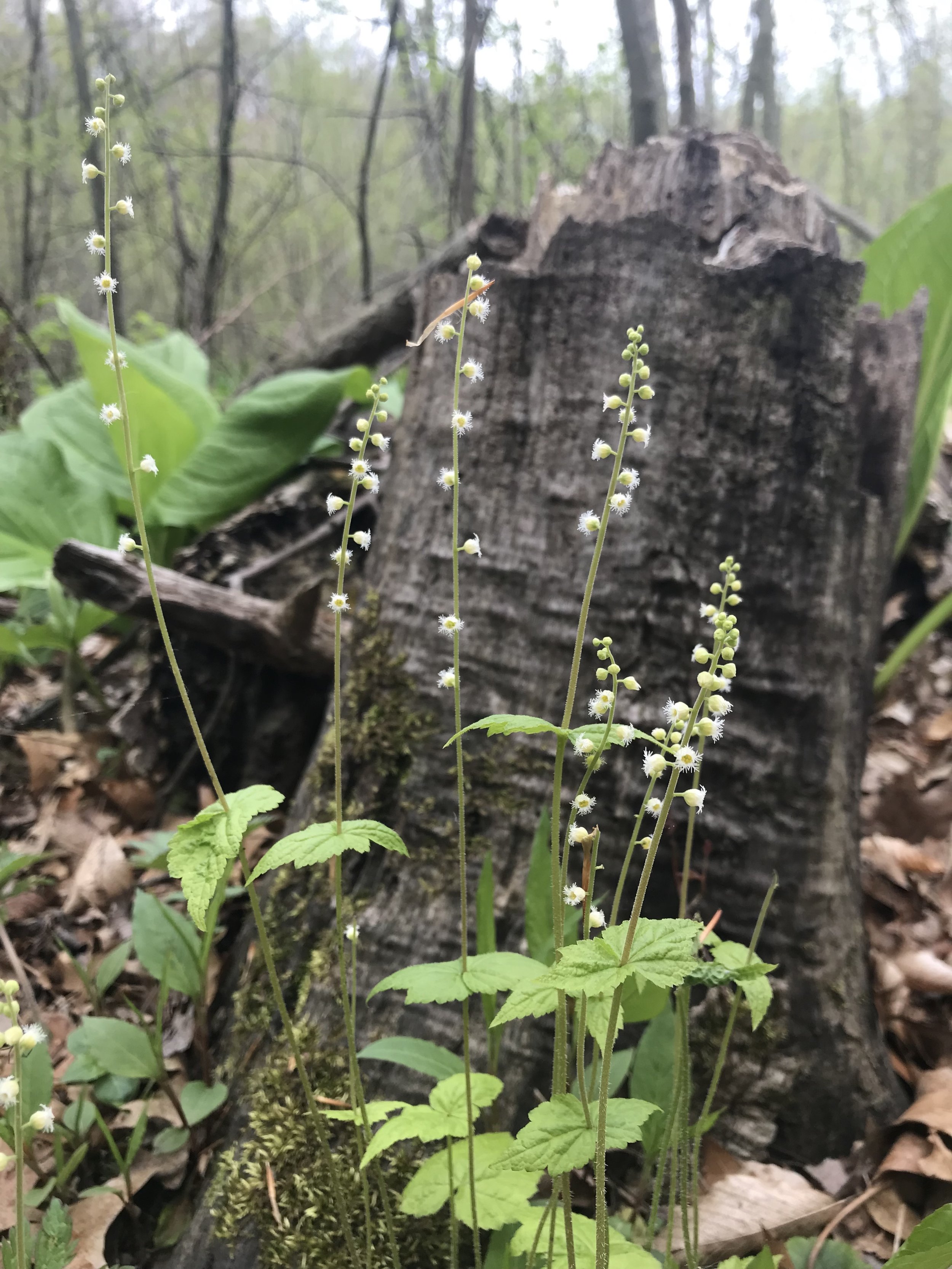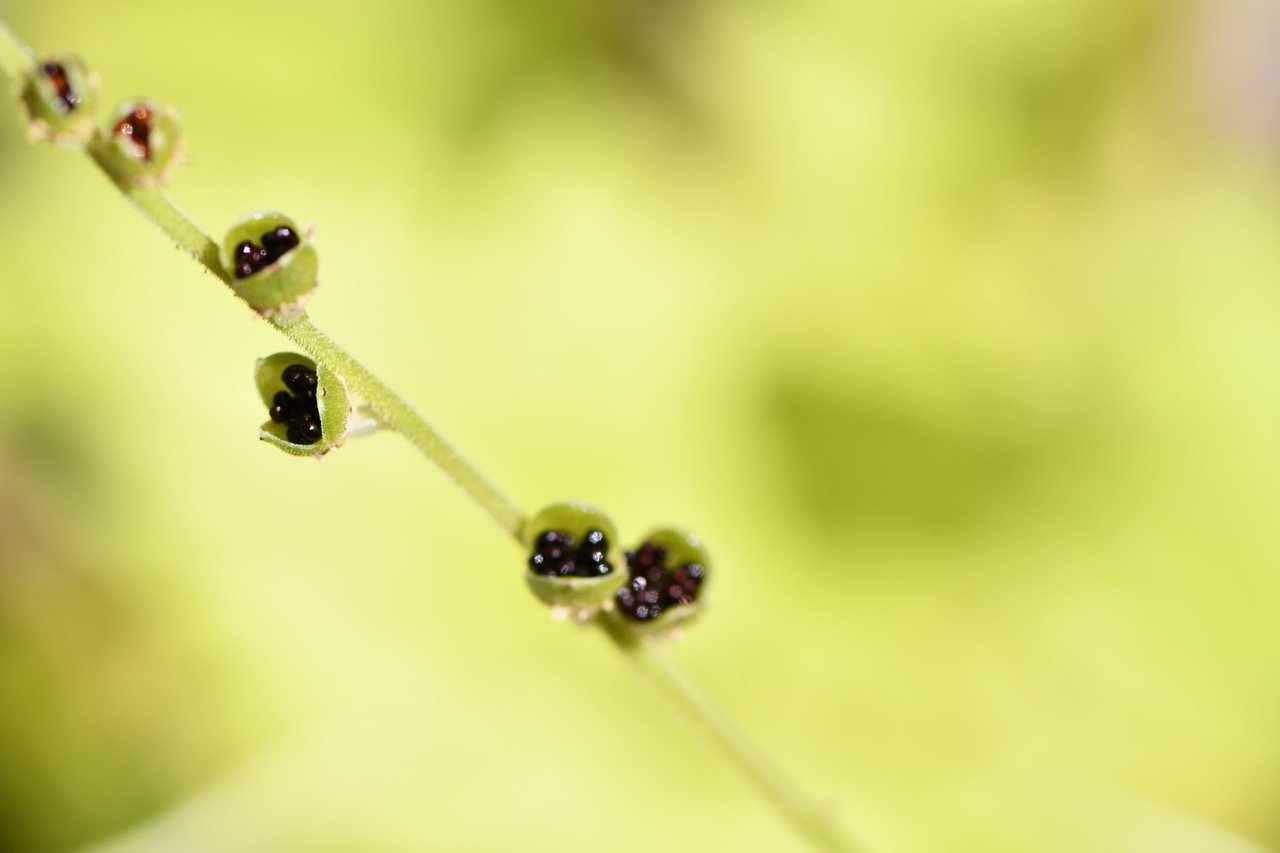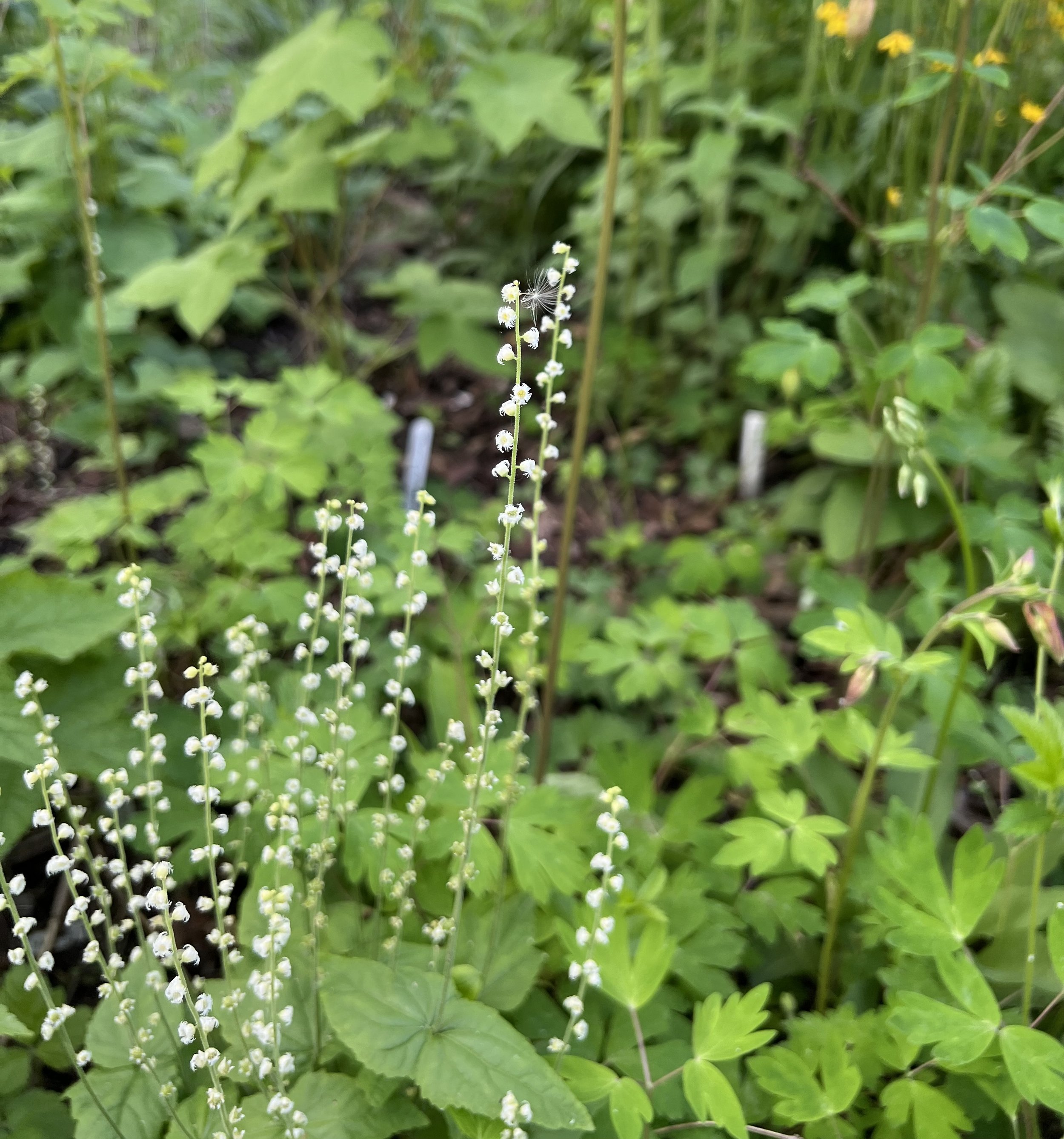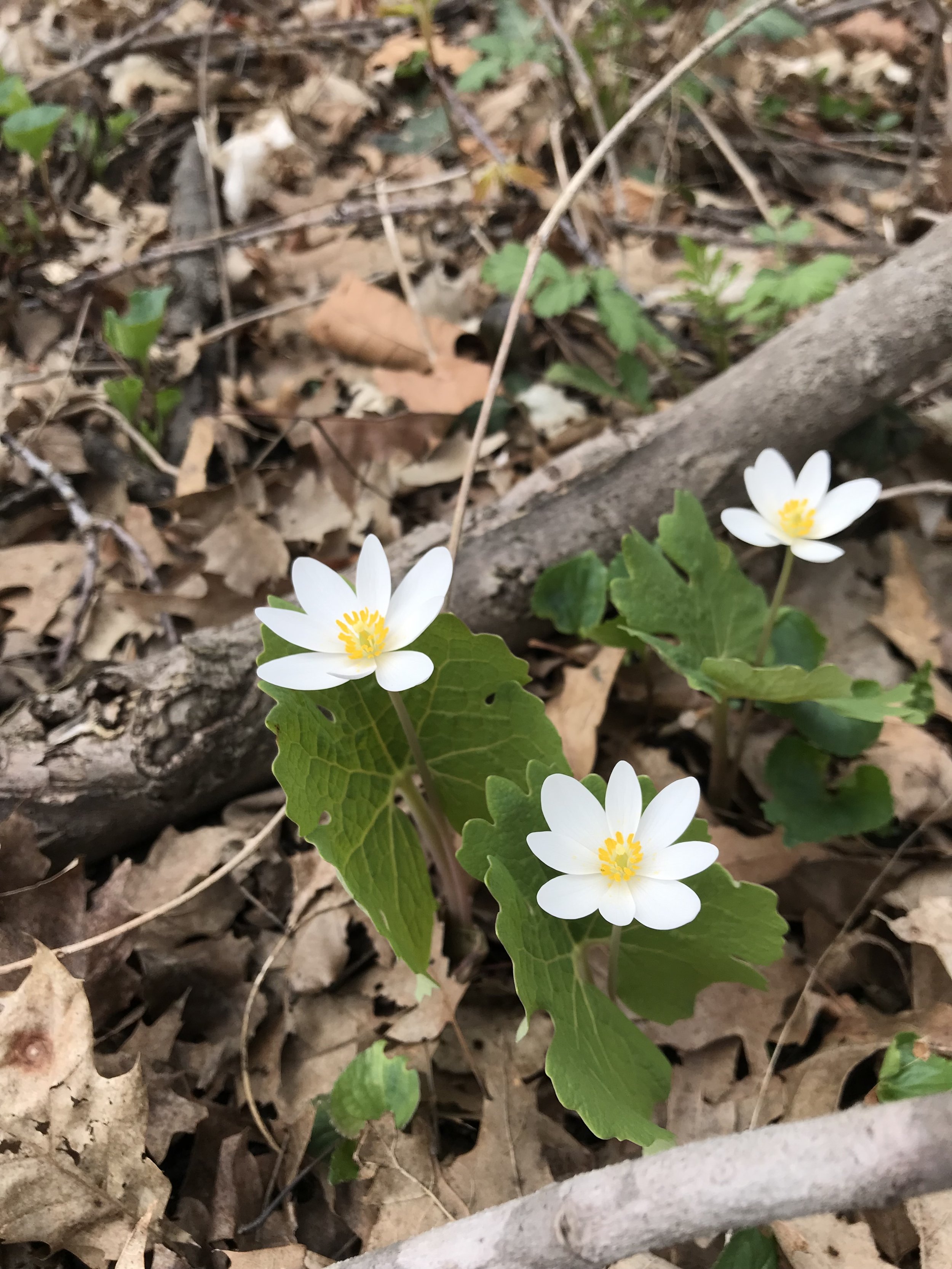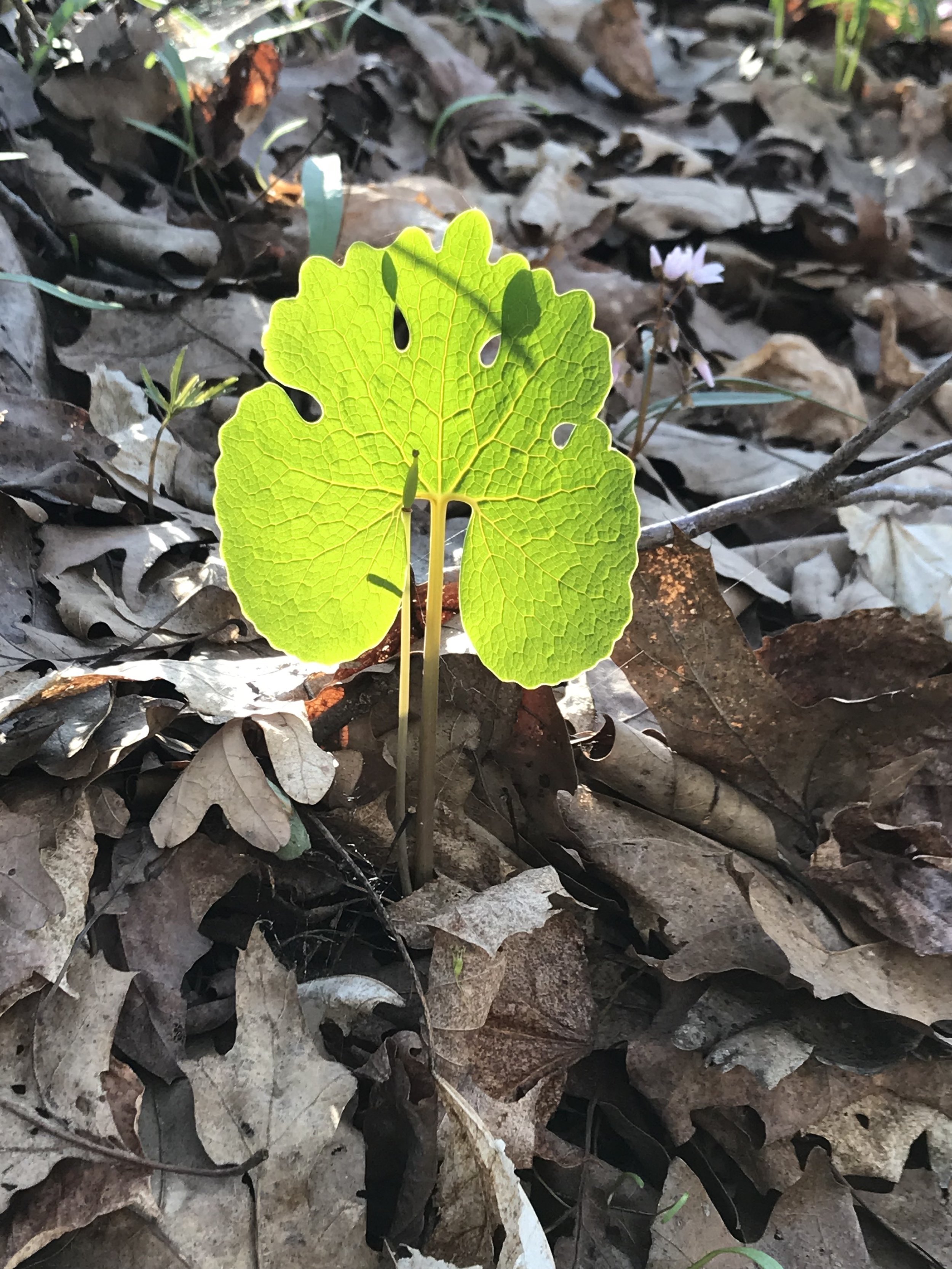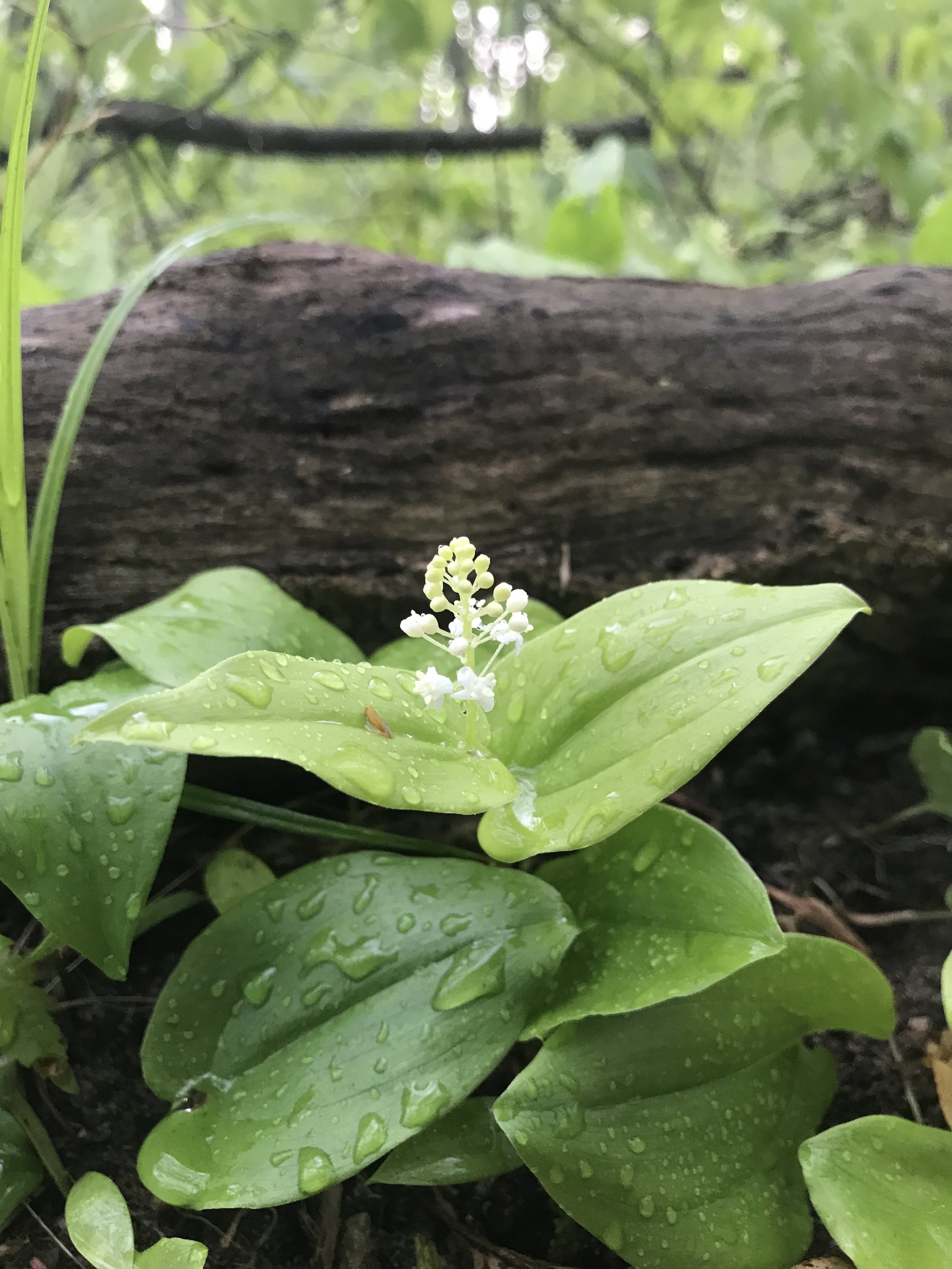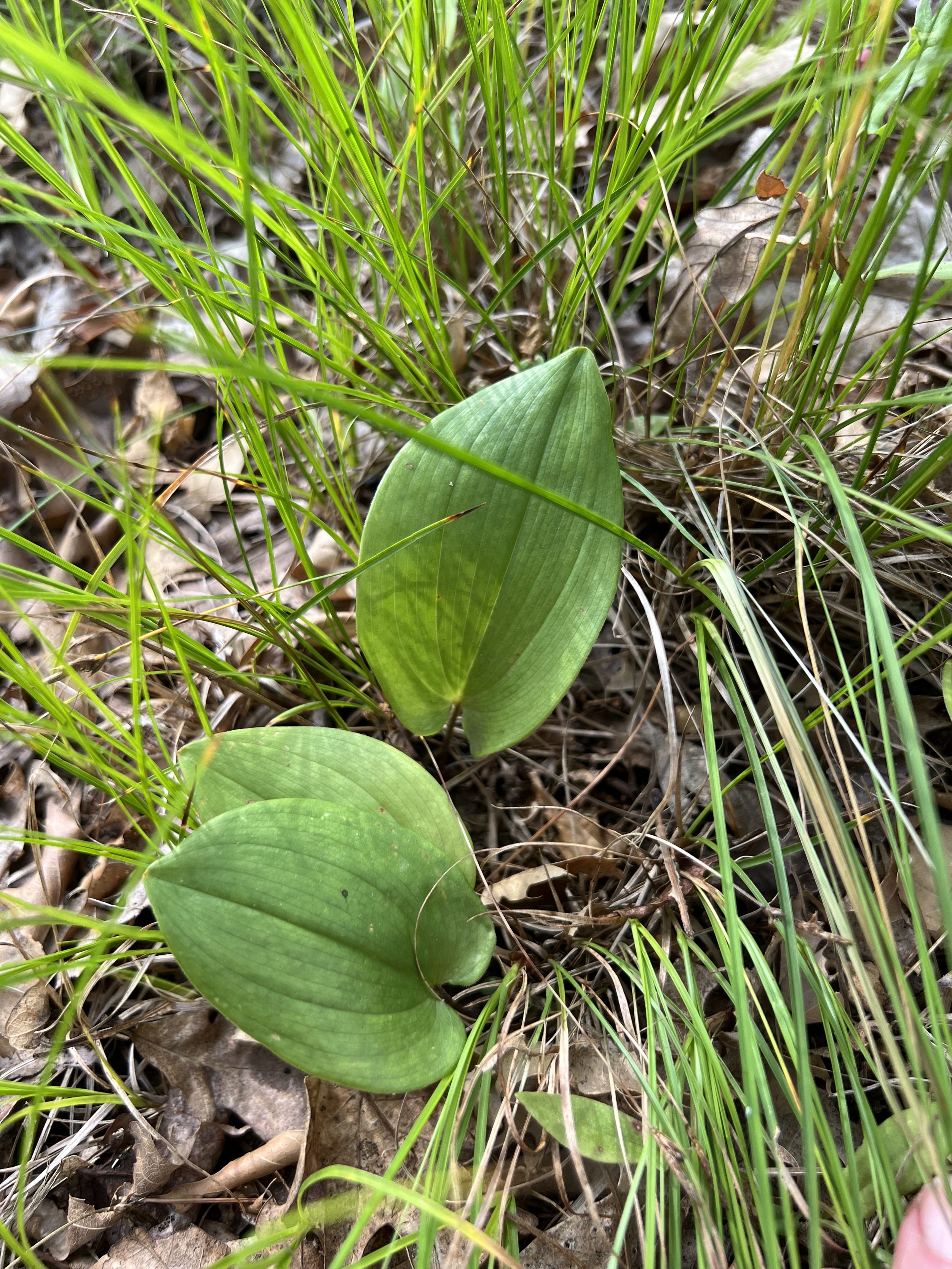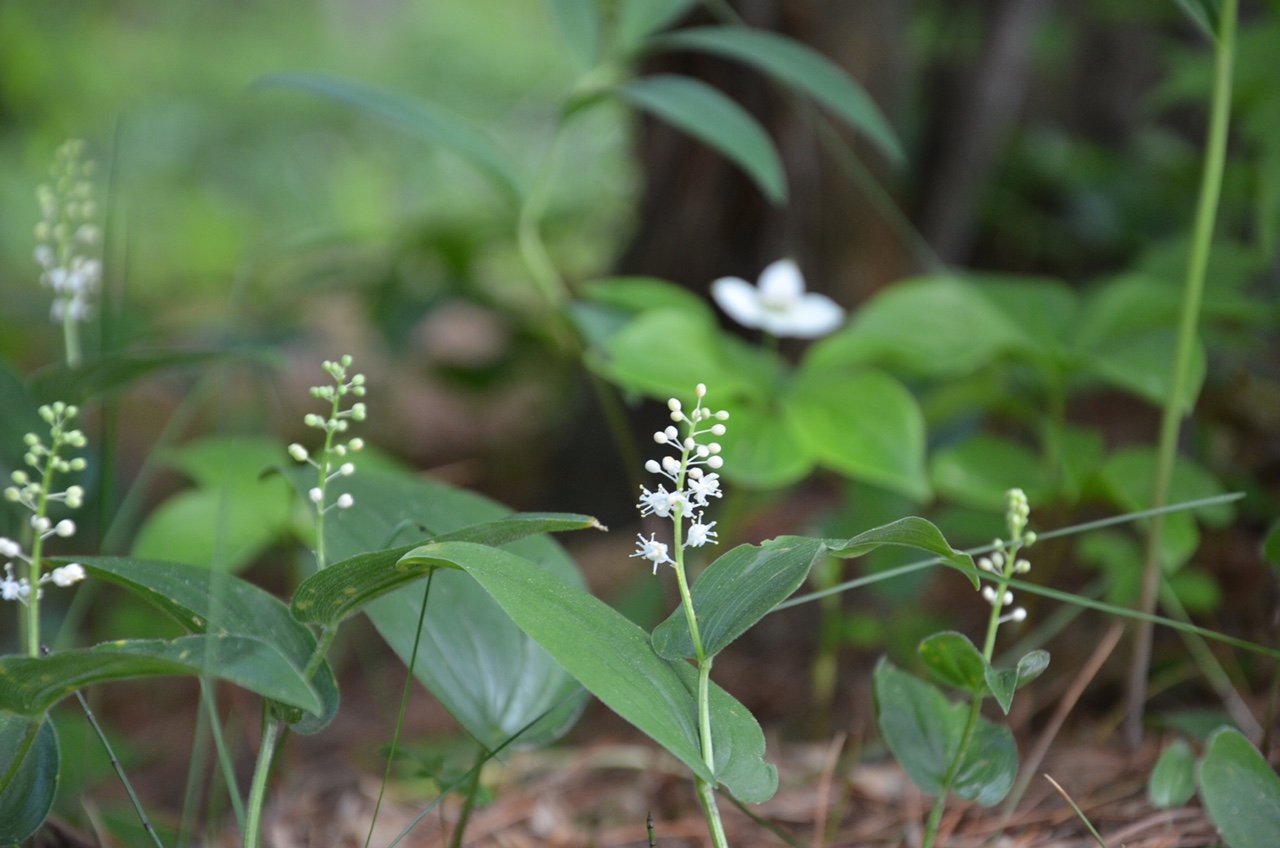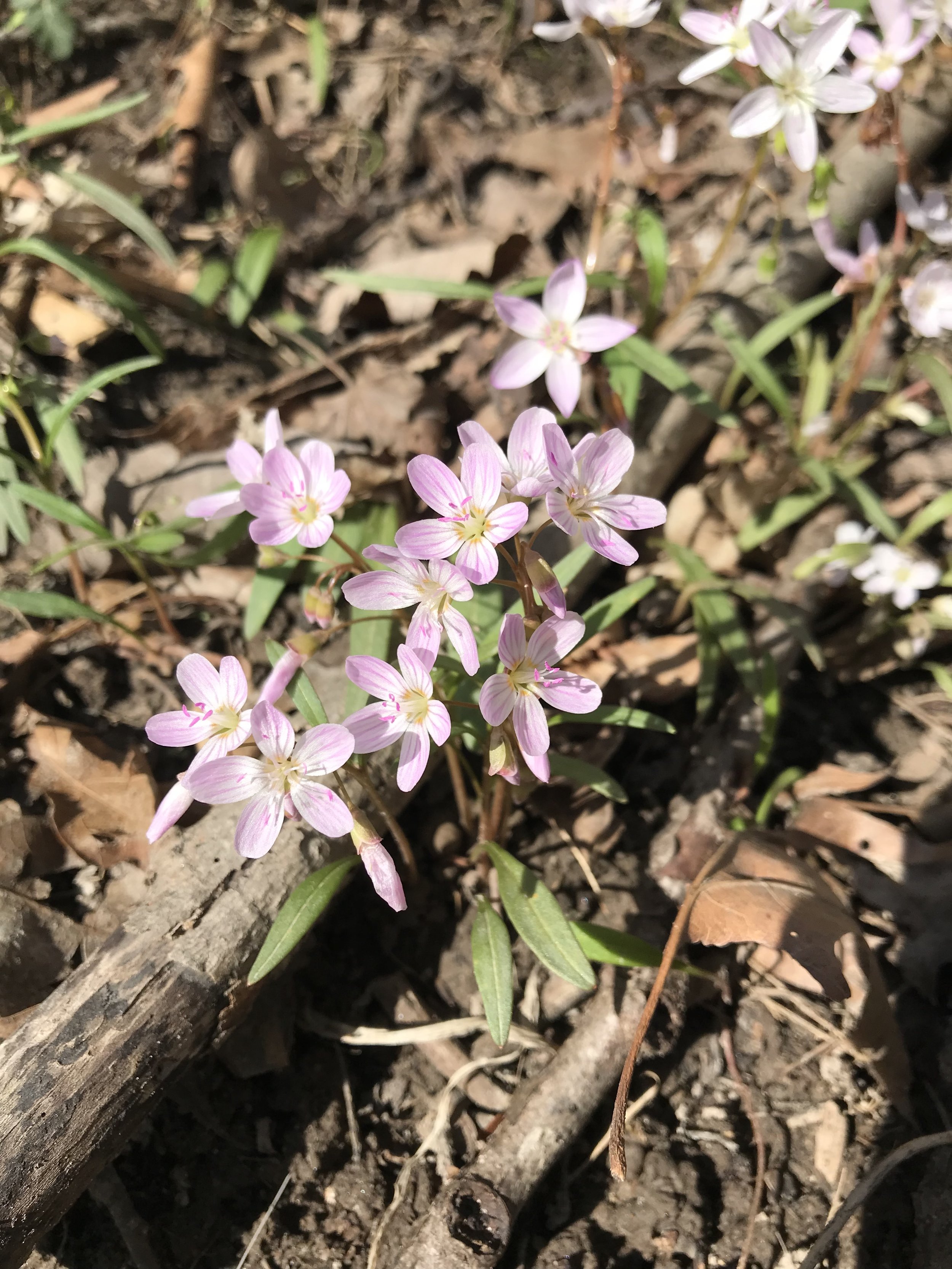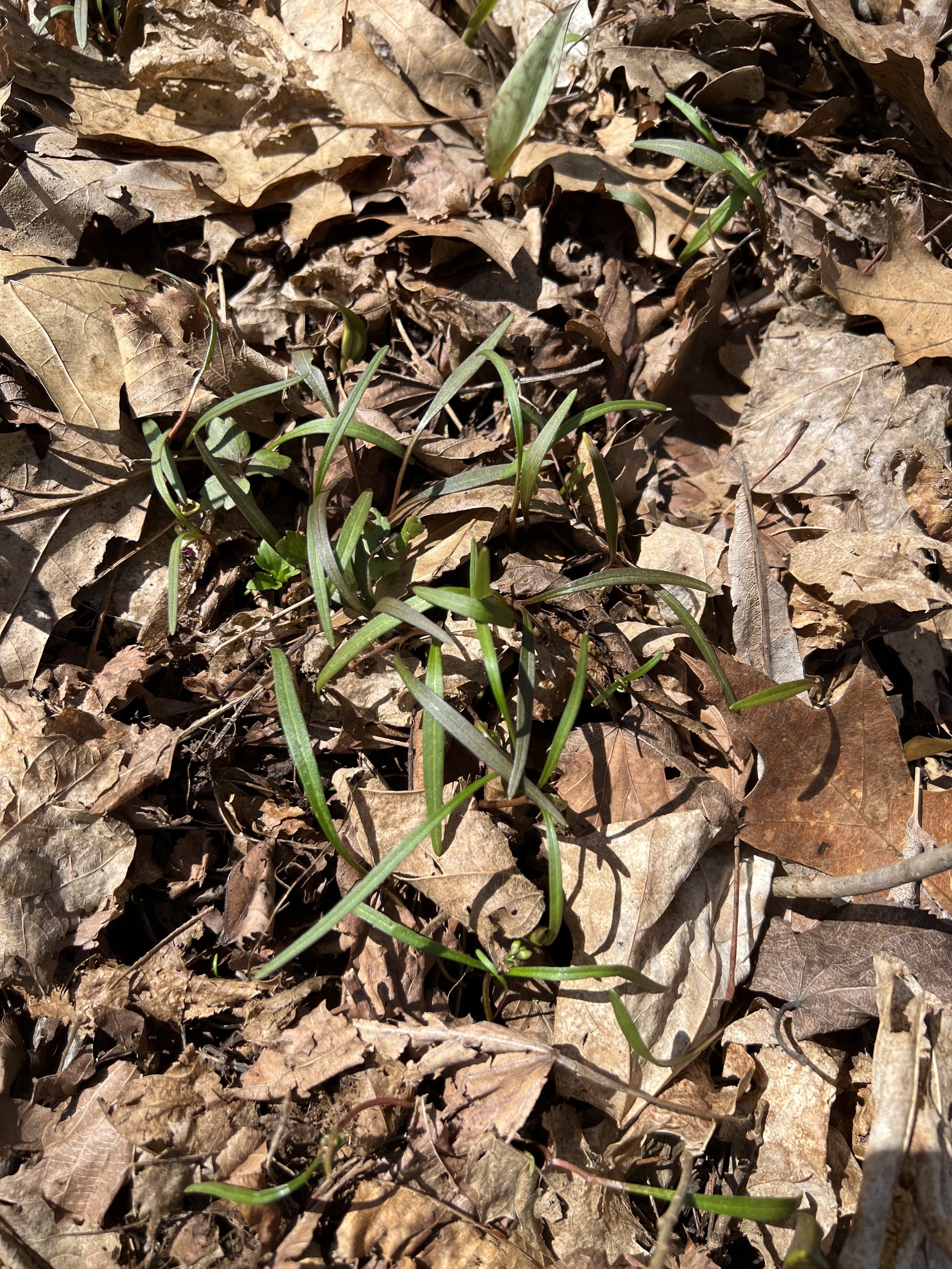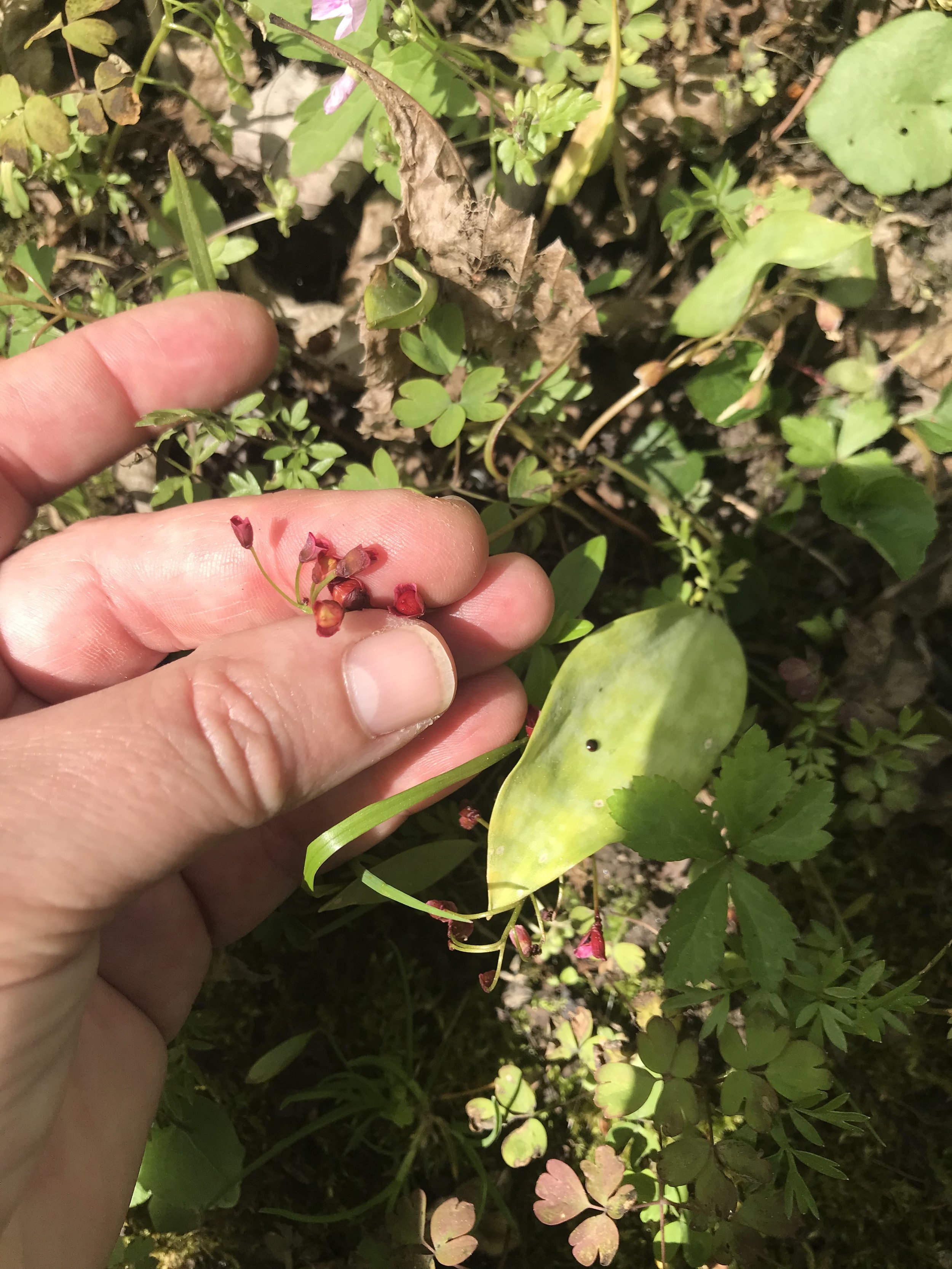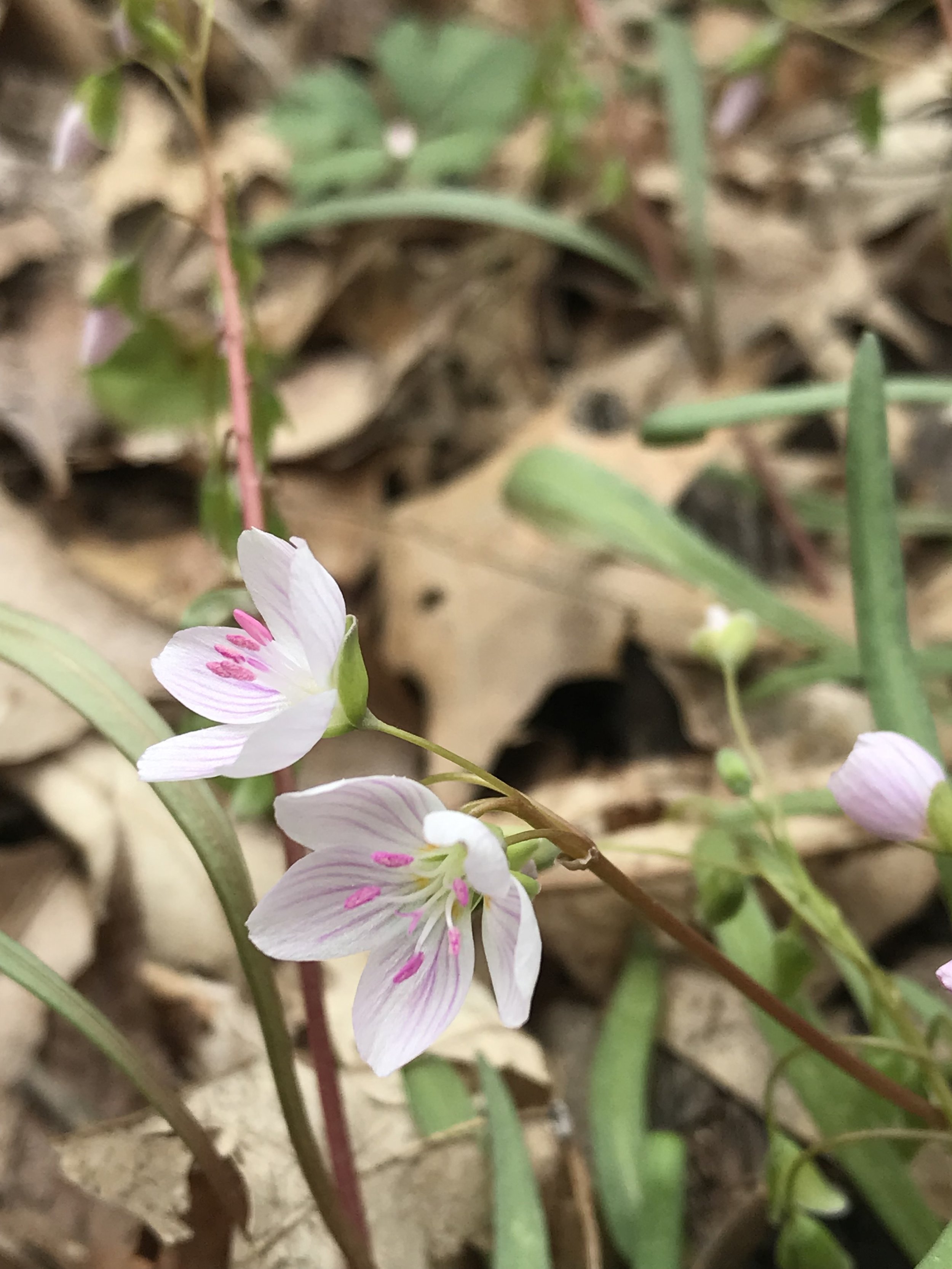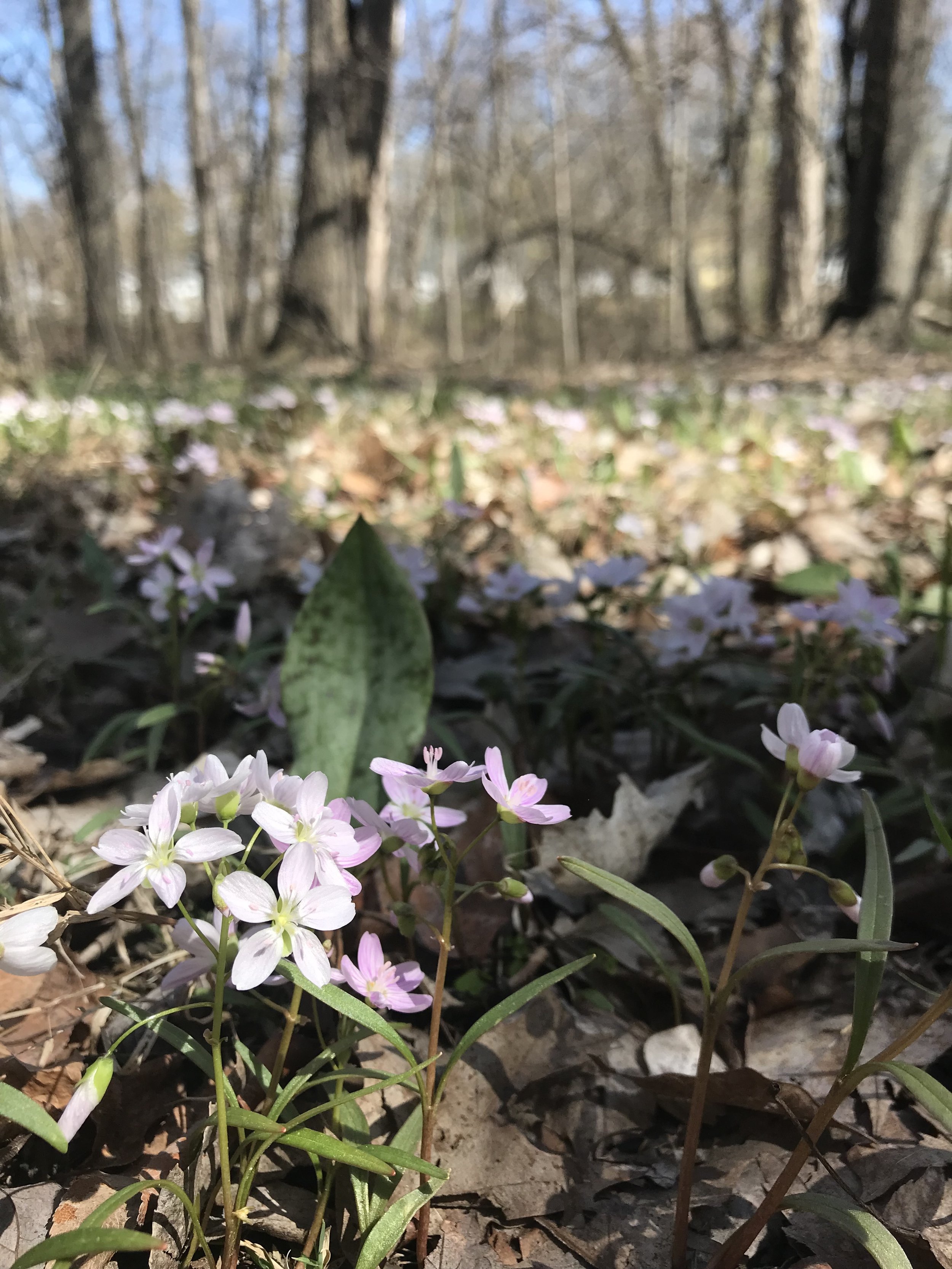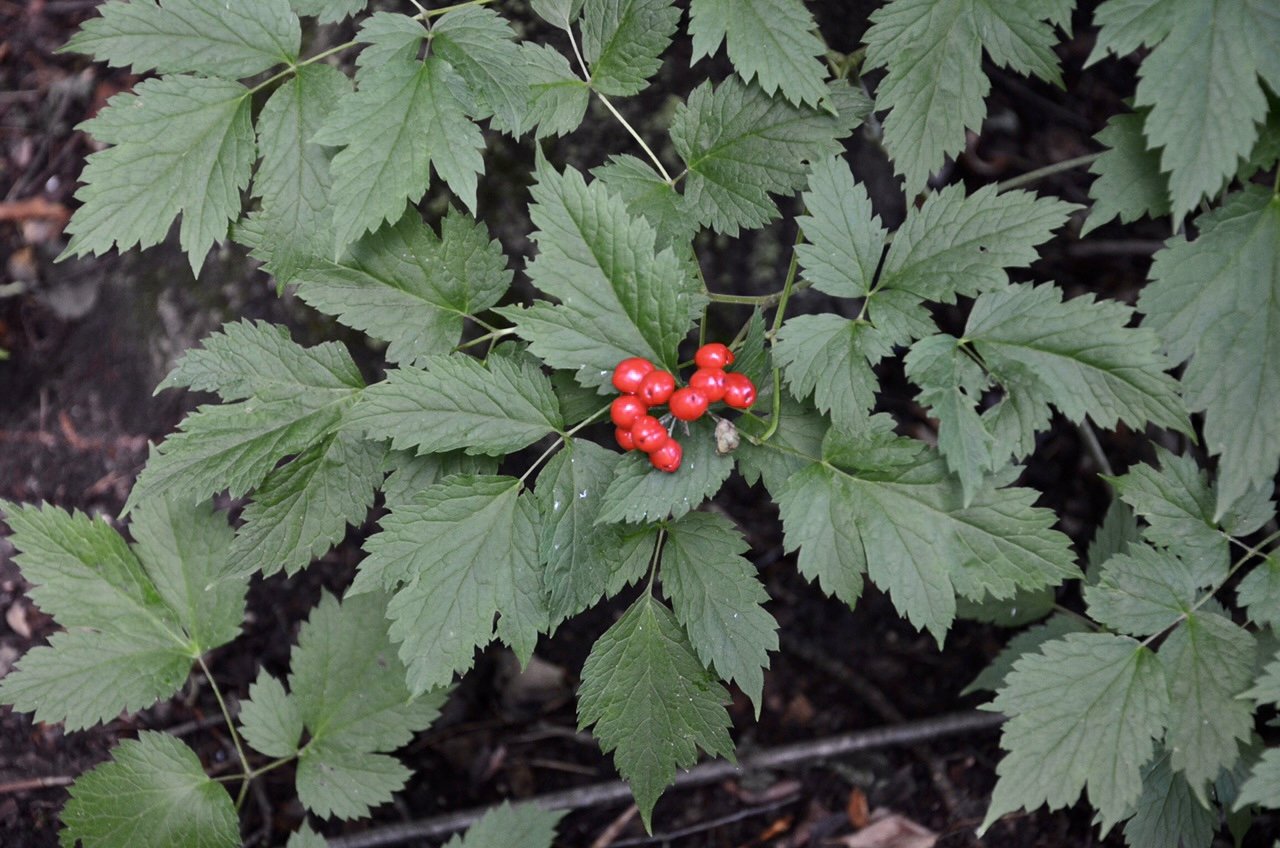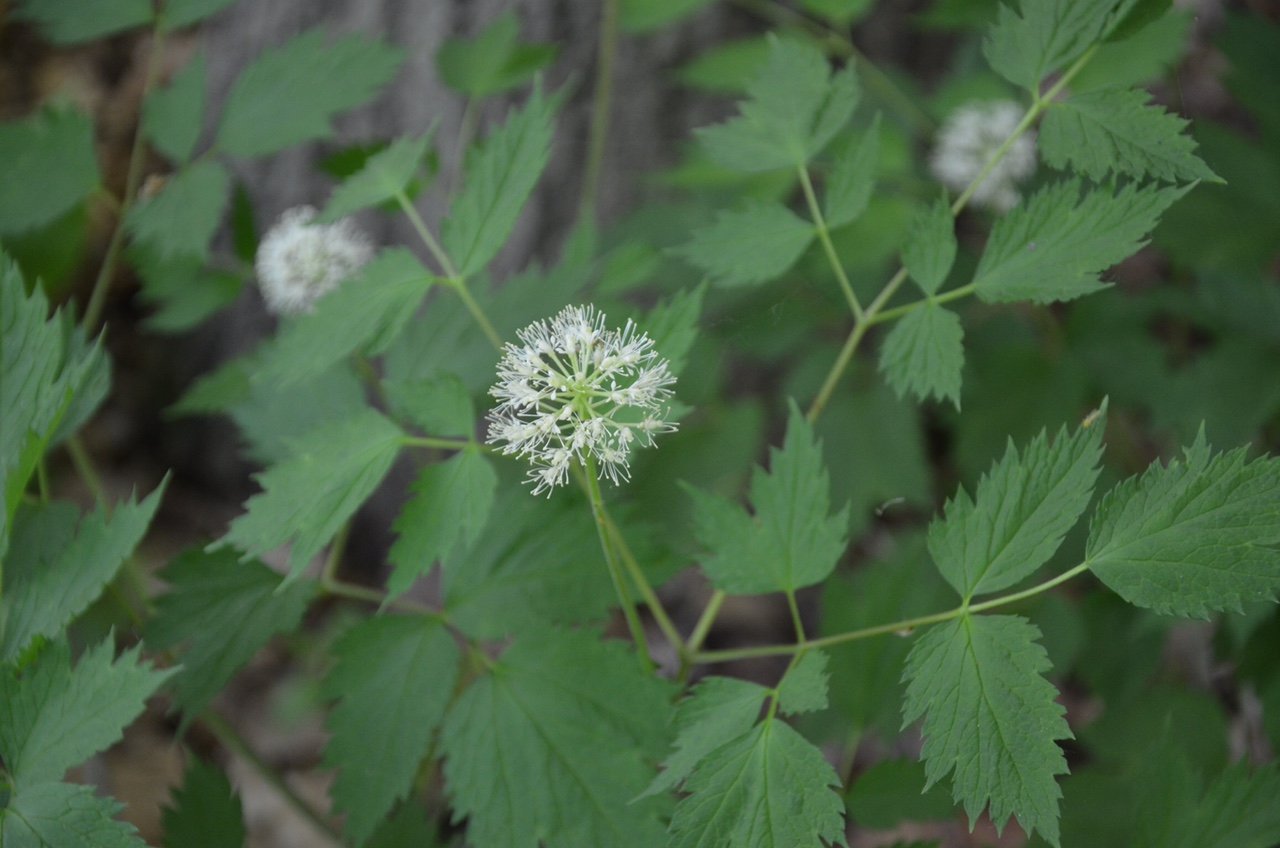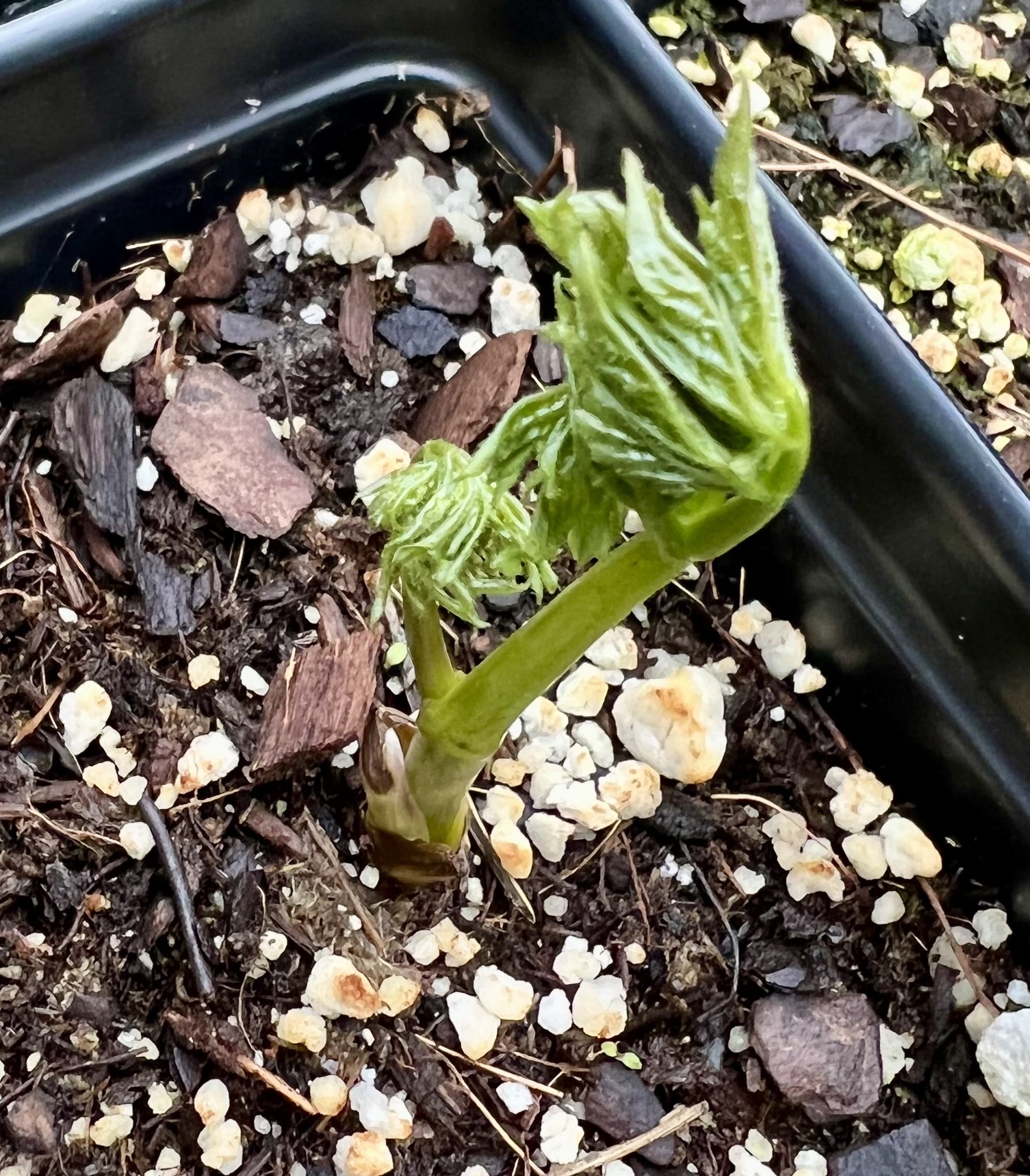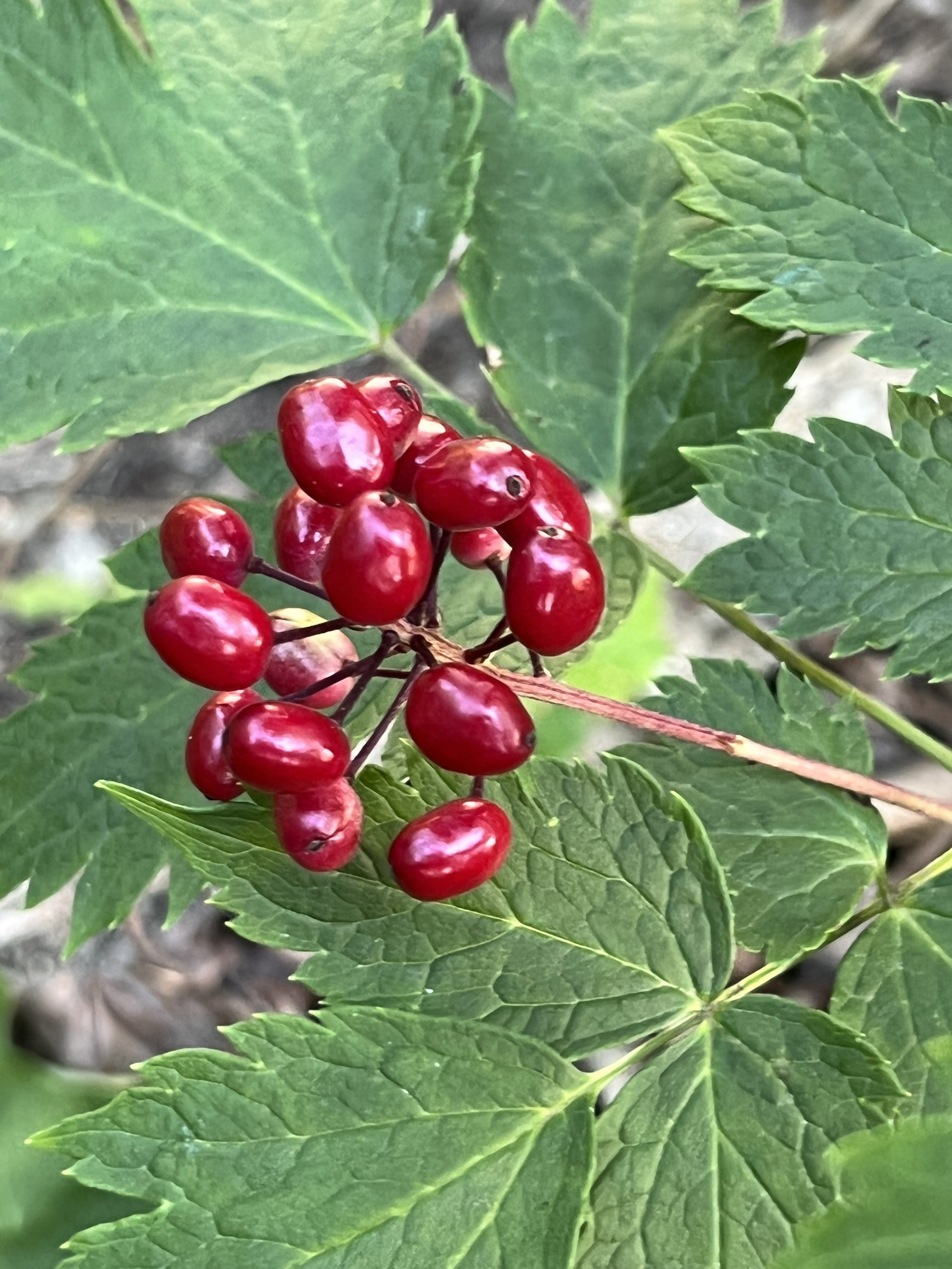 Image 1 of 8
Image 1 of 8

 Image 2 of 8
Image 2 of 8

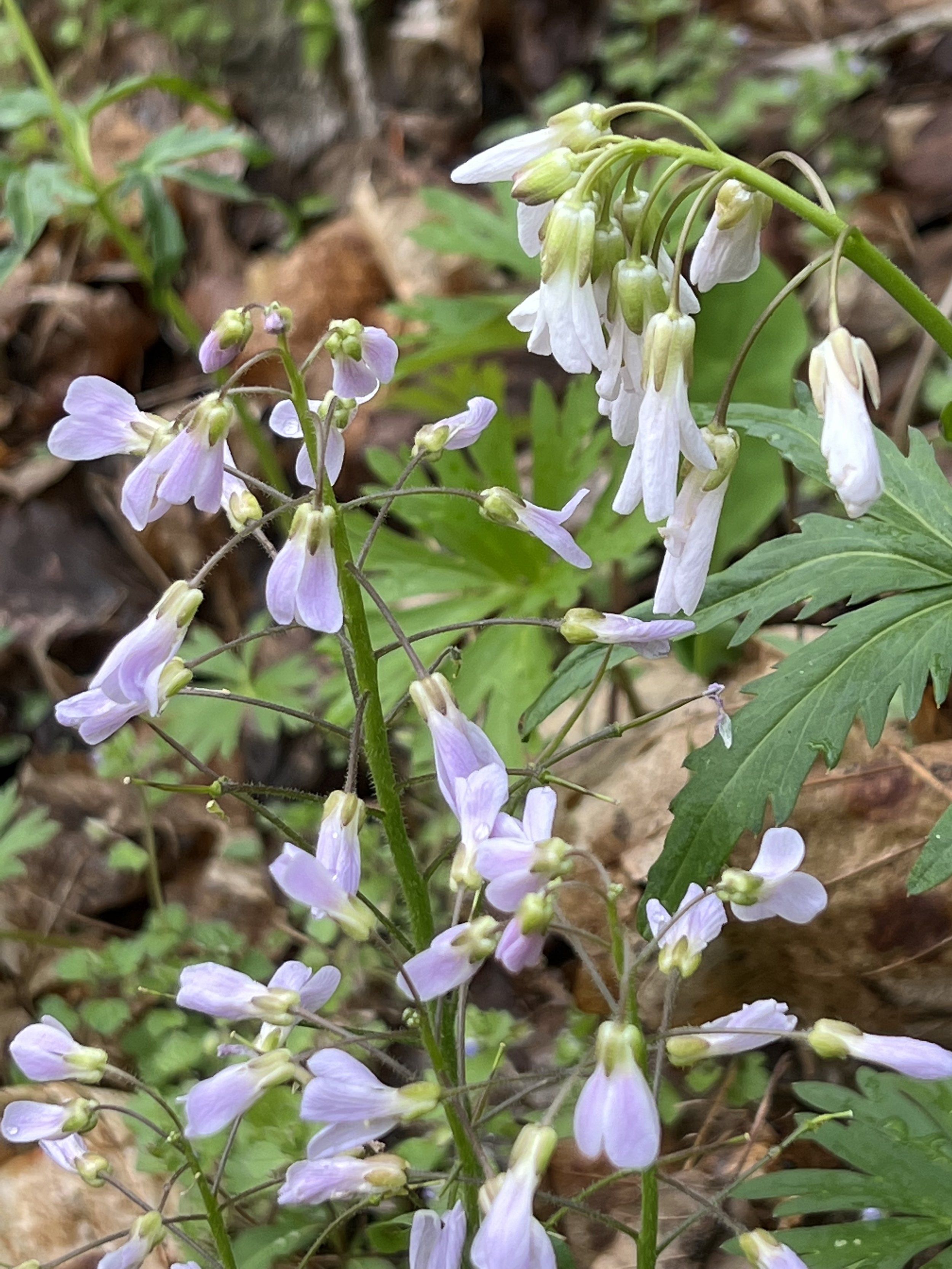 Image 3 of 8
Image 3 of 8

 Image 4 of 8
Image 4 of 8

 Image 5 of 8
Image 5 of 8

 Image 6 of 8
Image 6 of 8

 Image 7 of 8
Image 7 of 8

 Image 8 of 8
Image 8 of 8









Cut-leaved Toothwort (Cardamine concatenata)
Cutleaf Toothwort is a small plant in the mustard family (Brassicaceae). As such, the flowers have four petals, four sepals, and 6 stamens (4 tall & 2 short). The seeds form in a long pod.
Cutleaf Toothwort gets its name from the deeply lobed, serrated leaves. The leaf is made up of 3-5 lobes. The plant is usually mostly hairless. Flowers develop at the top of the main stalk on short equal stalks. Flowers may be white or pinkish.
The nectar of the flower attracts all kinds of bees. Once pollinated, long slender seed pods form. Seeds develop in the pod in one, neat row and they are oval and somewhat flat.
Cutleaf Toothwort is mainly found in rich beech-maple forests with moist soil. It can spread by rhizome or by seed. It wants some space from competitive plants. This is a spring woodland plant that does not have an eliasome to attract ants.
This plant flowers early in the season. Near the beginning of summer, the plants will have yellowed and started to fade away.
Cutleaf Toothwort (Cardamine concatenata)
Michigan Flora reference page for state distribution: Cutleaf Toothwort
height: 8 inches
bloom time: April-May
soil: medium, rich
sun: full in the early spring, shade in the summer
plant spacing: 8”
flower: white-pink
life cycle: perennial
family: Brassicaceae
Cutleaf Toothwort is a small plant in the mustard family (Brassicaceae). As such, the flowers have four petals, four sepals, and 6 stamens (4 tall & 2 short). The seeds form in a long pod.
Cutleaf Toothwort gets its name from the deeply lobed, serrated leaves. The leaf is made up of 3-5 lobes. The plant is usually mostly hairless. Flowers develop at the top of the main stalk on short equal stalks. Flowers may be white or pinkish.
The nectar of the flower attracts all kinds of bees. Once pollinated, long slender seed pods form. Seeds develop in the pod in one, neat row and they are oval and somewhat flat.
Cutleaf Toothwort is mainly found in rich beech-maple forests with moist soil. It can spread by rhizome or by seed. It wants some space from competitive plants. This is a spring woodland plant that does not have an eliasome to attract ants.
This plant flowers early in the season. Near the beginning of summer, the plants will have yellowed and started to fade away.
Cutleaf Toothwort (Cardamine concatenata)
Michigan Flora reference page for state distribution: Cutleaf Toothwort
height: 8 inches
bloom time: April-May
soil: medium, rich
sun: full in the early spring, shade in the summer
plant spacing: 8”
flower: white-pink
life cycle: perennial
family: Brassicaceae
Cutleaf Toothwort is a small plant in the mustard family (Brassicaceae). As such, the flowers have four petals, four sepals, and 6 stamens (4 tall & 2 short). The seeds form in a long pod.
Cutleaf Toothwort gets its name from the deeply lobed, serrated leaves. The leaf is made up of 3-5 lobes. The plant is usually mostly hairless. Flowers develop at the top of the main stalk on short equal stalks. Flowers may be white or pinkish.
The nectar of the flower attracts all kinds of bees. Once pollinated, long slender seed pods form. Seeds develop in the pod in one, neat row and they are oval and somewhat flat.
Cutleaf Toothwort is mainly found in rich beech-maple forests with moist soil. It can spread by rhizome or by seed. It wants some space from competitive plants. This is a spring woodland plant that does not have an eliasome to attract ants.
This plant flowers early in the season. Near the beginning of summer, the plants will have yellowed and started to fade away.
Cutleaf Toothwort (Cardamine concatenata)
Michigan Flora reference page for state distribution: Cutleaf Toothwort
height: 8 inches
bloom time: April-May
soil: medium, rich
sun: full in the early spring, shade in the summer
plant spacing: 8”
flower: white-pink
life cycle: perennial
family: Brassicaceae
We are just beginning production of this plant at Wild Ginger Woodlands. Stock will be quite limited until we are able to expand production.

